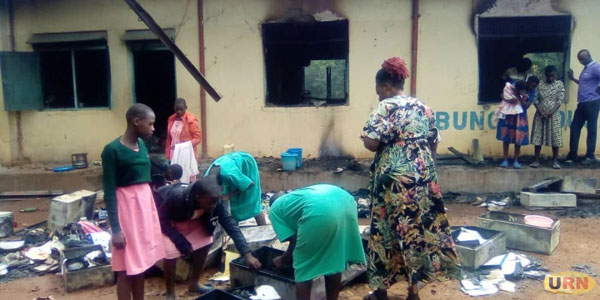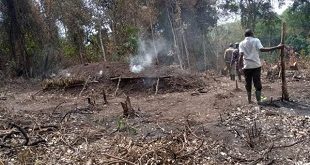
Kampala, Uganda | THE INDEPENDENT | Only 13 percent of schools in Uganda have implemented mechanisms to safeguard learners against fire outbreaks and their consequences, according to the latest research findings from the National Buildings Review Board (NBRB).
The assessment, conducted between May 2022 and May 2023 in collaboration with the ministries of local government, gender, Kampala and metropolitan affairs, the Uganda police, and private school proprietors’ association, sampled 120 schools nationwide. Among these, 30 were government-owned primary and secondary schools, and 30 were privately owned primary and secondary schools.
The research discovered that of all fire incidents in the country, 35 percent occur in schools, with commercial buildings accounting for 52 percent, and residential buildings contributing 13 percent. Human actions, particularly arson, emerged as the primary cause, responsible for two out of every three fires. Negligence with items like charcoal stoves, electrical faults, natural occurrences (lightning), and maintenance works like welding were identified as other significant causes.
Flavia Bwire, the Executive Secretary of NBRB, emphasized that the impact of fires in schools disproportionately affects younger learners. “Furthermore, the fire outbreaks that have resulted in the most devastating consequences have occurred within sleeping areas, and in the case of schools, in the dormitories at night when those learners are asleep.
The younger learners (10 years and below) and those with special needs have suffered the most severe effects.” Key findings from the research indicated that none of the visited dormitories had an automatic fire detection and alarm system. Some schools lacked basic firefighting equipment, utilized inappropriate burglar-proofing, lacked fire safety knowledge and emergency response, and had insufficient or blocked exit doors.
Additionally, none of the schools had a fire hydrant point, only 13 percent of the dormitories were within their occupancy limits and the highest level of firefighting preparedness was 62 percent, observed in a school that had previously experienced a fire incident. To address this concerning situation, NBRB has instructed building committees and control officers to inspect all school buildings in their jurisdiction and issue certification of compliance.
Bwire stressed the urgent need for increased public awareness of fire safety, improved collaboration among all stakeholders, and the reinforcement of enforcement mechanisms as prescribed in the Building Control Act of 2020. According to fire safety data from the Uganda Police Force, the country has been experiencing an average of at least three fire incidents daily from 2009 to 2022. The research findings underscore the critical need for comprehensive measures to enhance fire safety in educational institutions across Uganda.
****
URN
 The Independent Uganda: You get the Truth we Pay the Price
The Independent Uganda: You get the Truth we Pay the Price



